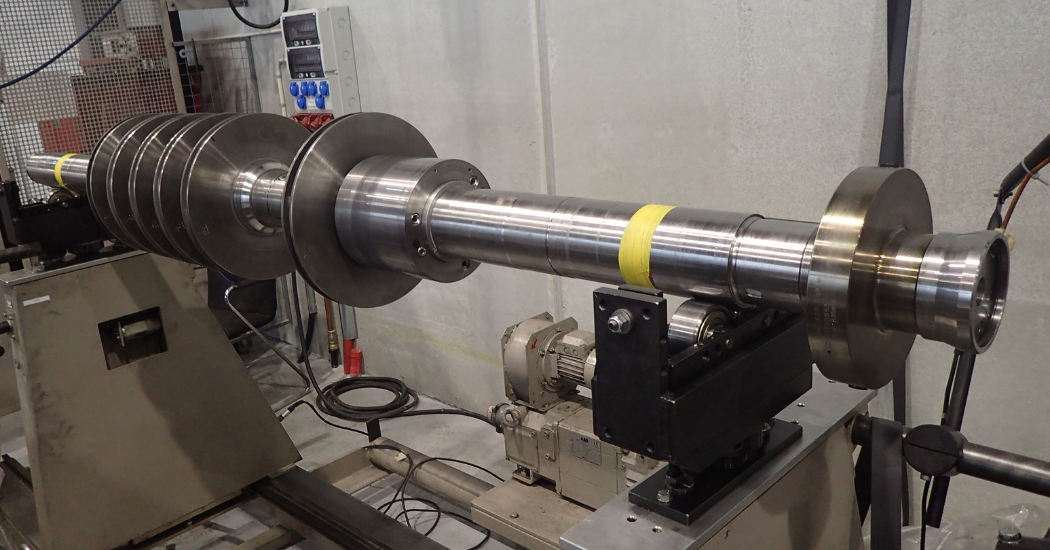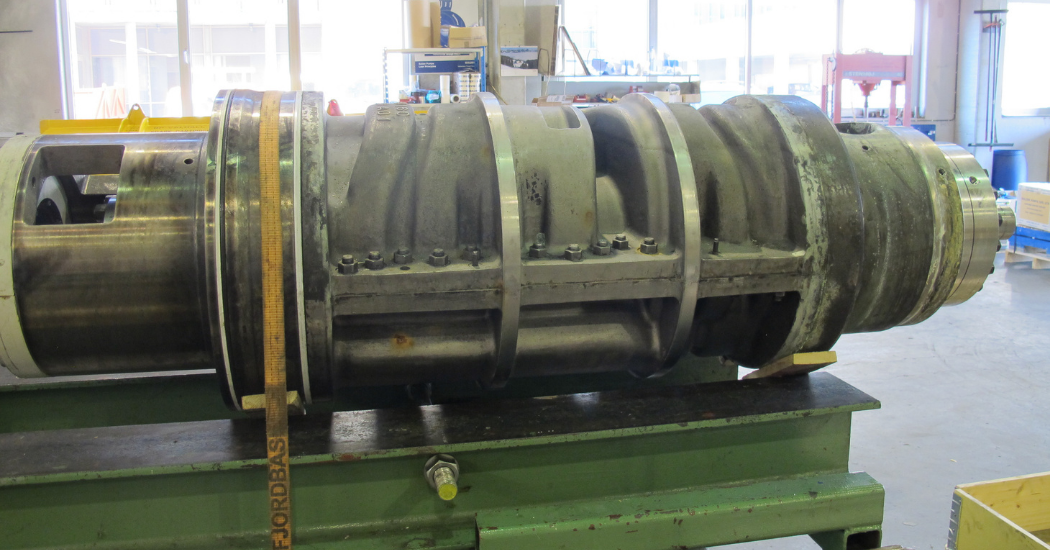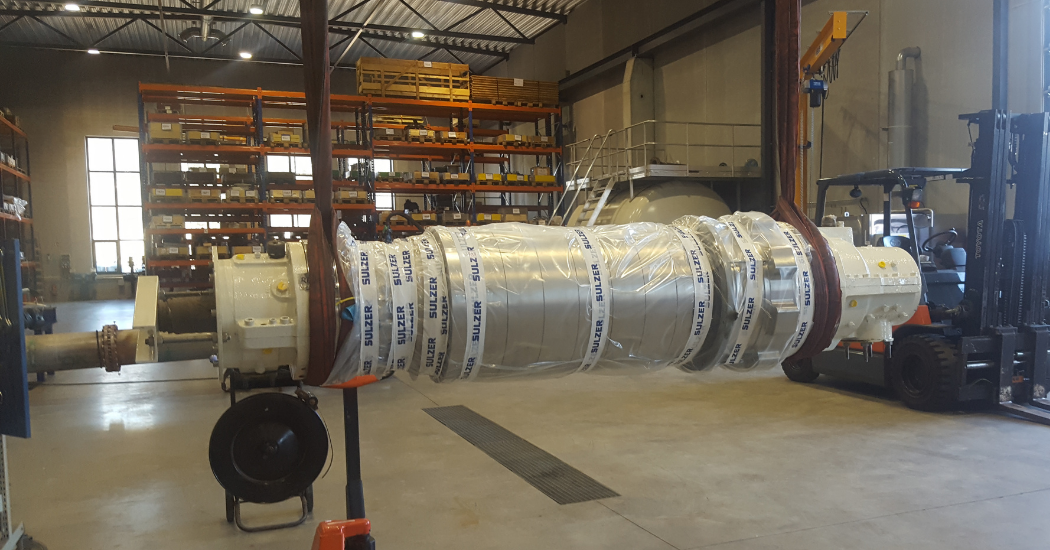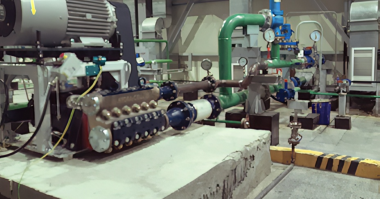Offshore oil fields need to optimize productivity to remain profitable and this often means that water injection pumps are used to increase the speed of oil recovery. These high energy pumps need to deliver reliable performance from day one, so when a Norwegian offshore platform needed expert support to repair two pumps, it called on Sulzer’s design and manufacturing expertise.
Oil and gas still continue to form the building blocks of our everyday essential items. As these resources become more difficult to reach, oil producers need to optimize the efficiency of their process, a task supported by Sulzer.
The oil platform has operated two BB5 water injection pumps for over 10 years, but they have suffered from rapid wear and high vibration. The original equipment manufacturer (OEM) had delivered several upgrades but there was little improvement in either performance or reliability. There were also long periods of time when there was no water injection capacity, which had a serious impact on oil recovery rates. To help resolve this, the operators decided to approach Sulzer for a solution.

The rotor from Pump B being prepared for balancing
Retrofit of existing pumps
Equinor, the operator of the platform, is an existing customer and has a framework agreement with Sulzer for the repair and modification of pumps. The initial discussions led to an offer to investigate the spare pump cartridge, which had also exhibited the same symptoms of vibration. Sulzer took the cartridge to the Stavanger Service Center and dismantled it. They discovered that the main shaft had rotodynamic issues, which caused the vibrations, and that this fault had been an issue from new.
To restore the water injection capability of the platform with minimal delay, Sulzer suggested, in the short-term, that the cartridge should be replaced with a hybrid component. This would fit exactly into the existing barrel of the pump on the platform and enable the first pump to operate.
The pump in question was not manufactured by Sulzer, but this would pose no problems for the project because the company can apply its expertise to equipment from any manufacturer. Over the next six months, the new hybrid cartridge was manufactured. Together with the onsite maintenance provider, Sulzer engineers installed and commissioned the water injection pump and returned the platform to normal operations.

The original pump cartridge removed for assessment
New pumping assets
In the meantime, Equinor had taken the decision to replace both of the original water injection pumps with new assets designed and manufactured by Sulzer. In Leeds, Sulzer began manufacturing the new injection pumps, which would be installed during separate, planned maintenance windows. The projects were carefully coordinated to ensure the pumps were delivered on time, together with other auxiliary components, to meet the installation program set out by Equinor.
Oddvar Holta – Project Manager for Sulzer, comments: “The greatest challenge has been the very short delivery time on the hybrid cartridge, which would normally have taken 10 months. We have managed to streamline this process and meet the objectives of our customer, getting the water injection pump up and running on time.”

A refurbished pump cartridge ready to be packaged and shipped out to the platform
Additional energy savings
However, the story continues; having manufactured the new pumps to match the specifications of the original components, and the first one had been installed, a change in site conditions prompted the decision to reduce the operational head of the new pumps to reduce energy consumption and CO2 emissions. This required the pumps to be de-staged, which meant removing four impellers of the original eight in cartridge A and two impellers in cartridge B.
The design engineers in Leeds, created the necessary drawings for the transition tubes, which were manufactured at the same site. Once complete, engineers from Sulzer travelled to the platform and removed the impellers that were no longer required and installed the new components.
Pump A achieved a power saving of 2 MW, which equates to 5’536 tonnes of CO2 per year. Similarly, Pump B’s power consumption was reduced by 1 MW, saving 2’768 tonnes of CO2 every year.
A senior engineer for rotating equipment, for Equinor, comments: “Once the project was complete, we called the Leeds Service Center to speak with the manager of the retrofit program, Peter Irlam. The fact that the pumps were finally operating without any issues, and that the re-rate program had delivered considerable energy savings as well, meant that we were completely satisfied with the whole project.”
Peter Irlam recalls: “This was a great example of how Sulzer can help a customer troubleshoot an issue and provide a solution to get them up and running. These pumps are important to the productivity of the platform, so installing two new components, designed specifically for this application, will offer much-improved performance for the future.”





I never knew that the new injection pumps, which would be installed during separate, planned maintenance windows. I never thought that it would be like this, it is a good article to read, I’ll share this with my aunt. Thank you for the information about pump repair.